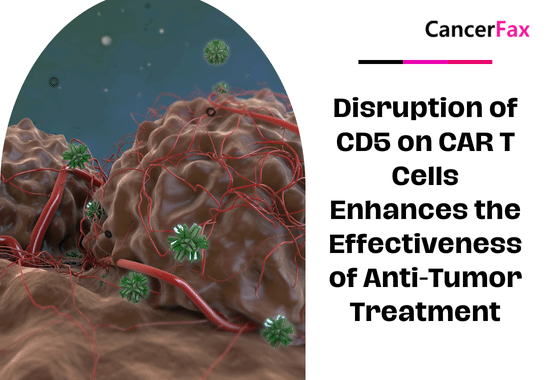Colorectal cancer
The researchers found that adding SIRT to chemotherapy can improve the survival rate of colorectal cancer
New research shows that for patients with colorectal cancer who have only liver metastases or mainly liver metastases, adding selective in vivo radiotherapy based on standard first-line mFOLFOX6 chemotherapy can significantly increase the median overall survival time of patients with primary tumors on the right.
Professor Guy van Hazel of the University of Western Australia said: “Our findings do require further validation, so we can consider early use options for patients with primary liver tumors with metastatic colon cancer (mCRC) that have only liver metastases or predominantly liver metastases. Sexual in vivo radiotherapy (SIRT). “He added:” These findings are good news for patients with right-sided tumors. They have a worse prognosis and fewer treatment options than patients with left-sided tumors. “
The location of the mCRC primary tumor is an important prognostic factor and predictor of treatment response. For example, a 2016 study showed that patients with primary tumors on the right side had poorer response and prognosis than patients with primary tumors on the left side.
Testing the efficacy and safety of SIRT
SIRT is a form of in vivo radiotherapy for Y-90 resin microspheres, which is administered through an intrahepatic artery catheter. Beta radiation microspheres preferentially reach the microvascular system around the tumor, which can reduce systemic effects.
The SIRFLOX, FOXFIRE and FOXFIRE global studies were used to evaluate the efficacy and safety of first-line oxaliplatin-based chemotherapy plus SIRT for unresectable mCRC. In the combined analysis, 554 patients received chemotherapy plus SIRT, and 549 patients received chemotherapy only. The median overall survival time was 22.6 and 23.3 months, respectively. In the post-mortem analysis, the location of the primary tumor was prospectively obtained on the cohort case report form. The right tumor was defined as any primary tumor at the proximal end of the splenic flexure, and the left tumor was defined as any tumor at the splenic flexure, farther from the colon or Primary tumor in the rectum.
SIRT plus chemotherapy can prolong survival time
The results showed that the median overall survival time of patients with mCRC left tumors was 24.6 months in the chemotherapy plus SIRT group, and 26.6 months in the chemotherapy alone group. However, the median overall survival time of mCRC right tumor patients was 22 months in the chemotherapy plus SIRT group, and 17.1 months in the chemotherapy alone group. The standard statistical test of the treatment effect on overall survival time by location also proves that the tumor side is more significant.
One hypothesis is that right-sided tumors not only have a poorer prognosis, they are more resistant to chemotherapy, and may be more sensitive to radiation therapy with a completely different mechanism of action.
The lack of positive results in the overall analysis may be due to the inclusion of patients with extrahepatic tumor metastases. Although SIRT can control liver disorders, it cannot control extrahepatic disorders.

